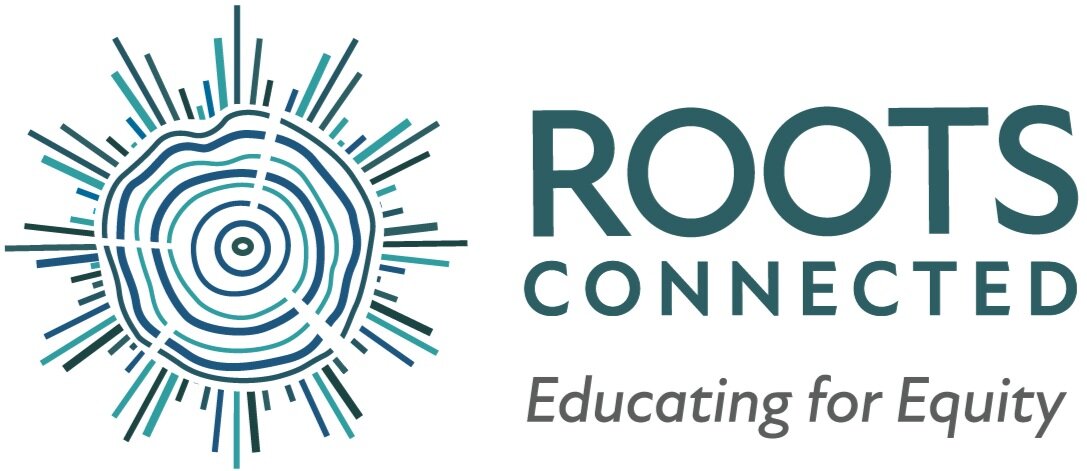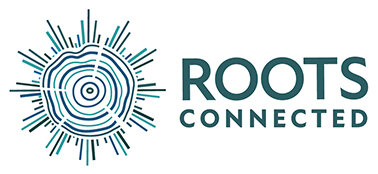Why a Restorative Approach Matters
Contributor: Nicole Keltai
Community Roots is an institution that values deep conversation and problem solving over quick solutions and rhetoric. We examine the whole child when trying to understand big feelings and expressions, and we work hard to give students the proper space and setting(s) to reflect on their choices and actions.
Nowhere is this more evident than in our work around discipline. First and foremost is the incredibly important work of creating and sustaining strong classroom and school communities that foster a sense of trust, love, and belonging, for without this in place, we can not approach discipline in a way that honors our students and builds community. Our systems for discipline are then put in place under the firm conviction that punishing a behavior does not make it disappear. For example, sending a person to detention to sit quietly may eliminate the distracting behaviors in the short term, but it does nothing to address the underlying disconnect between the wants and needs of the student and the norms and structures of the classroom. It is, in essence, simply ignoring rather than unpacking the (often quite complex and time-consuming ) issue at hand. This more traditional “isolate and remove” strategy simply perpetuates the cycle of relegating students to punitive environments instead of creating ways to have them remain in their various learning communities while simultaneously repairing harm. It is in essence one of the most fundamental building blocks in the school to prison pipeline, an oppressive structure that we work to disrupt through the adoption of a restorative approach. In fact, numerous studies have shown that “students suspended or expelled for a discretionary violation are nearly 3 times more likely to be in contact with the juvenile justice system the following year” (ACLU). Not only do students who are suspended or expelled have a higher susceptibility in falling into this school to prison pipeline cycle, but “students of color tend to receive harsher punishments for engaging in the same conduct as white students. Racially isolated schools that primarily educate students of color are more likely to be among the nation’s “dropout factories” and also among those that utilize the harshest, most exclusionary means of discipline” (NAACP Legal Defense Fund). With such staggering statistics in front of us, we at Community Roots firmly believe in the restorative practices approach to shifting behavior in our students.
In the last two years, we have worked to engage our middle school community in a restorative practice approach to conflict management. This approach has manifested itself in:
Restorative justice circles and conferences when things go awry: This involves uniting all individuals involved in the incident at hand as well as those impacted by it. Asking target questions to each participant with the goal that all voices are heard and creating a plan for restoring the relationships harmed is of the utmost importance.
Ongoing didactic and directive staff training: Staff trained in the philosophy and approach of restorative practices supplemented by the resources and space needed to consider how these theories impact their work with children. This is best done through role playing, read and reflect exercises as well as small group conversations.
Constant review of behavioral management data and efficacy: The restorative practice team meets monthly to review student data detailing behavior, circles conducted, and outcomes to ensure best practices are being implemented effectively.
This emphasis on restorative practices over punitive action not only gives participants voice in moments of crisis, but it also, perhaps even more importantly, provides them with structures and a shared language to confront similar situations in the future. These practices also serve to de-stigmatize problematic behaviors and dynamics by intentionally separating the deed from the doer. Processing difficult feelings and events in an effort to repair harm rather than simply punish dovetails perfectly with our mission to create an inclusive community that works well for all of its diverse members. It makes the creation and maintenance of community standards a shared and ongoing responsibility as well as providing the most organic and effective way for students and staff to gain greater empathy for others and develop ways to implement this newfound empathy with efficacy. We include families in many of these circles and conferences to deepen their level of understanding which gives families a new found lens through which they can see their children in ways that foster repair and unity.
Since implementing this systematic approach to challenging behaviors in a more overt and consciously articulated fashion in our middle school, we have seen an increase in student and family engagement, and most impressive has been an increase in students making better choices and feeling heard and valued by their community.


